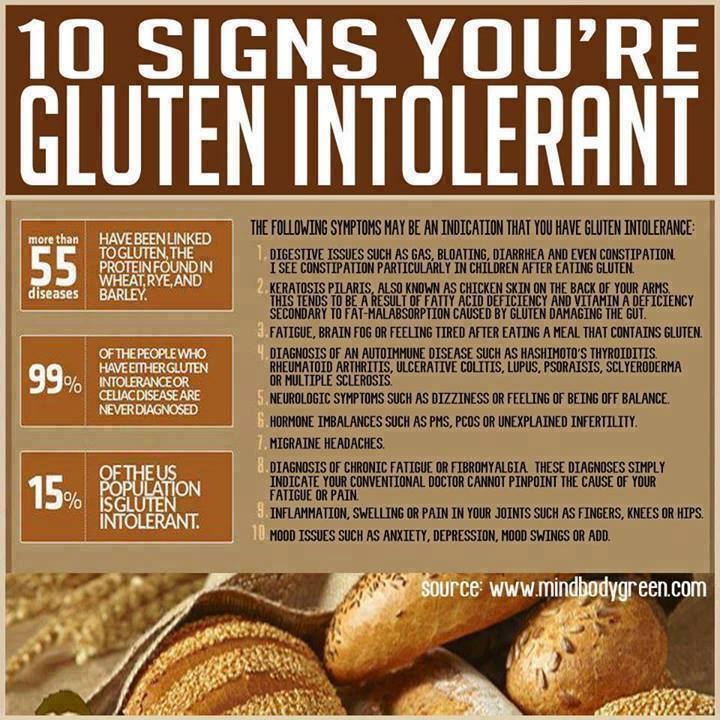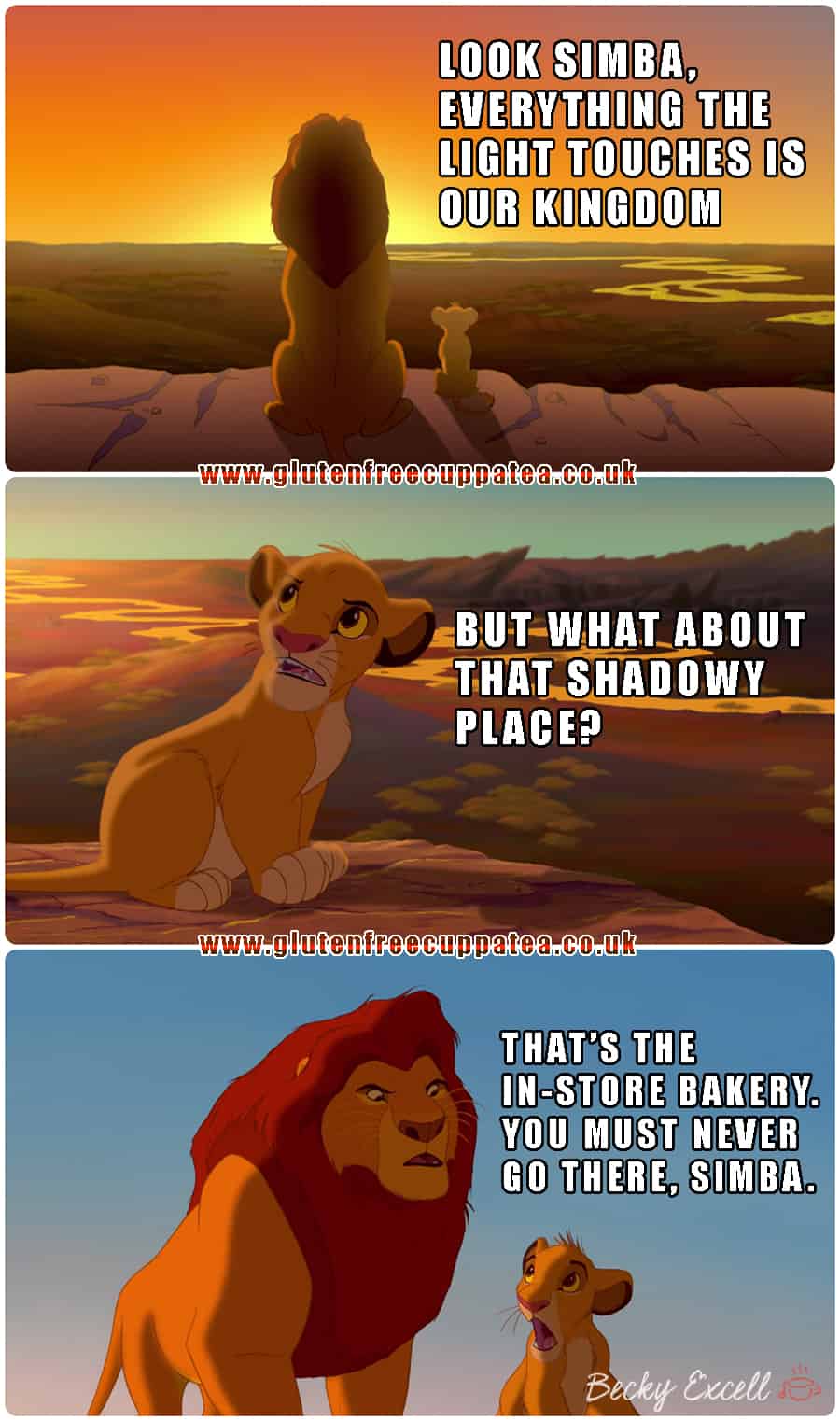40 what to look for on food labels for gluten
Gluten: Tips for Finding It on a Food Label - WebMD Gluten Foods Double-check the ingredients label on these items, as they're possible sources of gluten: Beer, ale, lager Breads Broth, soup, soup bases Cereals Cookies and crackers Some chocolates,... Schär's Gluten Free Guide to Reading Food Labels - Schär When reading a food label, you can't expect to see “gluten” listed as an ingredient. You may not even see wheat, barley, or rye explicitly listed, but that ...
PDF Step-by-Step Guide to Reading Gluten-Free Labels 1 2 3 Look for wheat, rye, barley, oats and their derivatives, like (barley) malt, for example. Understand which products are at the highest risk for cross-contact with gluten. Flours and grains, for example, have high levels of contact with gluten, so consumers should purchase flours and grains specifically labeled gluten-free.

What to look for on food labels for gluten
Wheat and Gluten Ingredients on Food Labels - WebMD Reading labels is your best way to stay safe. Here are tips for spying out culprits in packaged and prepared foods. Any packaged food has to show on the label if it contains any of the eight major ... PDF GLUTEN-F DIET FOOD LABELS - Campus Health 1. Read the allergen statement. If the product contains wheat, look for another option. 2. Read the ingredient list. Please refer the lists below for 'gluten-free' and 'gluten-containing' ingredients to decide if the food is gluten free or not. 3. Look for a statement regarding the facility in which the food was processed. If the food was Gluten-Free Label Reading: From Novice to Expert 1 Mar 2022 — In many cases, gluten is fairly easy to distinguish on a product label. Look for ingredient phrases containing wheat, barley, or rye (aka the ...
What to look for on food labels for gluten. How to Check Food Labels for Gluten - Tayler Silfverduk The required allergen statement is the “contains” statement. This is the statement that clearly calls out any top 8 allergens in the food item. If a food item ... Identifying Gluten on Food Labels: Become a Master in Minutes! You will soon be a master at identifying gluten on food labels! Step 1: Look for a statement that says Contains Wheat This statement will often be in bold at the end of the list of ingredients. The word wheat may be buried somewhere within the list of ingredients. Food Labeling: Gluten-Free, Plant-Based, Organic, Non-GMO and ... - NSF Deciphering food labels can be challenging. Our food safety experts give you tips on what labels mean and how to verify label claims. Get tips on reading labels for gluten-free, plant-based, organic and non-GMO products to help with your daily food choices. Expiration Dates Learn everything you need to know about expiration dates. True Source Honey Food Labels: Read It Before You Eat It! - AAAAI Milk (from cow). However, someone allergic to cow's milk would likely react to milk from sheep, goats and maybe camels. 2. Eggs (from chickens). However, someone allergic to chicken egg would also likely react to eggs from other birds. 3. Fish (fin fish including bass, flounder, trout, cod, salmon, shark and skate) 4.
What To Look For On Food Labels? - Celiac.com The Food Allergen Labeling Law now requires any of the 8 main allergens to be clearly listed, and not hidden in flavorings, starch, etc. Wheat is one of the 8 main allergens (but, gluten is not). So, if you don't see wheat listed after "modified food starch-wheat" etc., it doesn't have wheat. What to Look for in Gluten Free Labeling? - Fortress Nutrition To avoid an adverse reaction, here's what you should be looking for in food labels. Wheat, Barley, Malt, or Rye Food products with these ingredients contain gluten. Make sure you read the entire food label. If you see any of these four ingredients mentioned, put the item back on the shelf. Check for Lesser-Known Gluten Ingredients What Foods Contain Gluten? Use This Ultimate List to Learn More Rice (does not include wild rice varieties but does include brown rice)*. Groat. Graham. Amaranth***. Buckwheat***. Quinoa***. *These grains are classically considered gluten free, but are not recommended on a TRUE gluten free diet. If you would like to learn more about why these other grains should be avoided, watch this video. *** These items ... How to Identify Gluten on Food Labels - Verywell Health People who need to avoid gluten usually know to check food labels for "wheat." You may need to read labels more carefully, though, to find other ingredients that contain gluten. Check for grains that are forms of wheat or which are made from wheat such as malt and farina. Also look for colorings, flavorings, or other additives.
Gluten-Free Labeling of Foods | FDA It covers foods such as yogurt, sauerkraut, pickles, cheese, green olives, FDA-regulated beers and wines (e.g., generally those with less than 7 percent alcohol), and hydrolyzed plant proteins used... How to Read Food Labels When Eating Gluten Free If you're gluten-sensitive, you might be fine with regular oats because there are only very small traces of gluten on them. However, if you see "oats" in the ingredients list on a food item, you'll want to look to see if it's certified gluten free. Otherwise it most likely has a small trace of gluten. Label Reading & the FDA | Celiac Disease Foundation Be sure to check the ingredients list for other hidden sources of gluten. Check for obvious ingredients . Wheat Barley Rye Malt Brewer's yeast Oats (unless specifically labeled gluten-free) If there is not a "gluten-free" label on the product packaging, read the ingredients label thoroughly. Check for hidden or questionable ingredients. Checking Labels for Gluten - I Am Gluten Free Vinegar ( really, this one depends on which kind of vinegar. Malt vinegar is definitely a no-go. White vinegar can be made from a number of starches, including gluten, and so it is not guarenteed safe. Apple cider vinegar, wine vinegar, balsamic vinegar, and cane vinegar are gluten-free. See here for more). Modified Food Starch Natural Flavors
Gluten-Free Labeling Best Practices - Food Quality & Safety But, for consumers with gluten intolerance, this wording can set off alarm bells, particularly if the product is marketed as gluten-free. Manufacturers can eliminate confusion by explaining that products labeled as gluten-free meet the FDA standard of containing less than 20 ppm of gluten. It is also an FDA requirement that products labeled ...
Which Ingredients Contain Gluten? | How to Identify on Labels Gluten is not listed explicitly as an allergen on a product label in the UK, it will appear in the form of the gluten-containing ingredient itself. The most common is wheat, barley or rye. For example, the label on bread might say wheat flour, water, yeast, salt. The emphasised word indicates which ingredient contains the allergen.
How to Read a Food Label - Gluten-Free Living When you follow a gluten-free diet, the most important part of a food label is the ingredients list usually found on the back or side of the package. In the ingredients list, food processors must accurately list the ingredients found in a food. So this is the part you will want to read first. But don't look for the word "gluten."
3 Tips for Gluten-Free Label Reading - Gluten Intolerance Group Verifying there is no more than 10ppm gluten content in tested foods Note that the U.S. Food and Drug Administration (FDA) sets their gluten-content threshold at less than 20 ppm of gluten, making the GFCO's standard twice as strict. Tip 2: Look for the words "gluten-free"
Gluten-Free Food Labels: What Restaurants Need to Know Regulations for gluten-free foods haven't been easily defined for food service operators, and gluten can be difficult to identify on most food labels. Since gluten is the protein found in wheat, rye, barley, and their derivatives, it can be found in many products. Simply looking for wheat in the allergen statement alone does not guarantee the item is gluten-free.
How to Read Food Labels for a Gluten-Free Diet - Cupcakes & Kale Chips Skip any items with the following ingredients on their food labels: Wheat (bran, starch, germ, or berries) Hydrolyzed wheat protein Wheat starch/modified wheat starch Rye (kernels, berries) Barley (malt, extract) Bulgur Orzo Kamut Semolina Malt (syrup, vinegar, extract) or maltodextrin Farro Einkorn Panko Seitan Graham Bran Breadcrumbs Matzo (meal)
Food labels - Coeliac UK You might see this on specialist substitute products like breads, flour and crackers, which may contain gluten free wheat starch, as well as processed foods made from naturally gluten free ingredients such as soups, sausages and ready meals. Uncontaminated oat products can also be labelled gluten free. Read more about the law on gluten free.
Foods With Gluten - Tips for Reading Labels - Cupcakes & Kale Chips However, if you have celiac disease or a severe intolerance, then only consume if the label indicates that they are certified gluten-free (as discussed above) and again, only after consultation with your doctor. Caramel color/flavor - often made from barley Dextrins Enzymes Glycerides, diglycerides Hydrolyzed vegetable protein Modified food starch






Post a Comment for "40 what to look for on food labels for gluten"